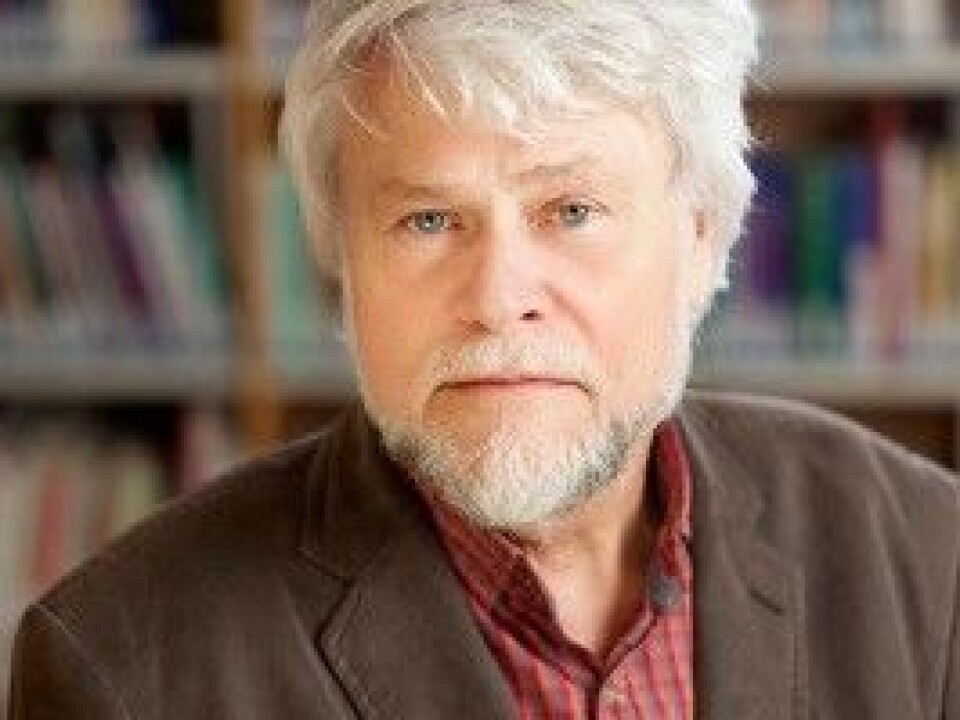This article was produced and financed by Oslo Metropolitan University

Low-income earners skip going to the dentist
The financial crisis in Europe has led to fewer people with low incomes going to the dentist. This is also the case in Norway.
"The difference between people with high and low incomes has increased the past few years in relation to whether or not they go to the dentist when they need to" says Jon Ivar Elstad, sociologist and researcher at NOVA, at Oslo and Akershus University College of Applied Sciences (HiOA).
Many with low incomes skip going to the dentist because they cannot afford to. This has been shown in several previous studies, but how did this disparity develop during the financial crisis in Europe from around 2008?
Elstad is behind a new study that shows that greater income disparity has emerged in the use of dental health services in almost all European countries.
"Norway has little to be proud of in this respect. We are not among the worst countries, but not among the best either," he says.
Has compared 23 countries

Many believe that Norway and the Nordic countries are pioneers in relation to welfare services, but when it comes to dental health services, none of the Nordic countries stand out positively, with the exception of Finland, according to Elstad.
He has compared income differences and the self-reported access to dental health services, as well as insurance coverage for dental treatments, in 23 European countries.
The following countries were included in the study: Ireland, Spain, Switzerland, Italy, the Netherlands, Iceland, Denmark, Greece, Portugal, Norway, Poland, Hungary, France, Sweden, Estonia, Finland, Austria, Belgium, Luxembourg, Slovakia, Slovenia, the Czech Republic and Germany.
All the data are based on living conditions surveys carried out in the different countries.
Slovenia has least inequality
"The country with least inequality is Slovenia. They also have a high level of publicly-funded health services and at the same time minor income differences. There is little difference between rich and poor as regards the degree to which they use services, including dental services.Norway is about average. We are worse than Poland, Hungary, France, Austria and Sweden, but better than Denmark, Iceland and the Netherlands."
"The more dental health services are publicly funded or covered by compulsory insurance schemes, the less income differences there are in access to dentists. And the less income differences have increased during the financial crisis," the NOVA researcher adds.
Ireland, Spain and Switzerland are among the countries with the worst insurance coverage of health services. The countries with the best coverage are some of the earlier Eastern European countries, such as Slovakia, Slovenia and the Czech Republic.
"This is basically because the old state-run health system has been maintained to some degree in some Eastern European countries. Germany also has a high insurance coverage," explains Elstad.
Inequality has increased in many countries
In many parts of Europe, such as Germany, the dental health service is mainly included in the normal health service insurance schemes. In Norway, however, most adults pay 100 per cent from their own pockets for normal dental health services, but some people have private insurance that covers the costs of such services.
In some countries, insurance schemes help to ensure a low level of inequality. In other countries, however, there is little inequality despite a lack of good insurance schemes.
"The biggest increase in inequality in access to dental health services has taken place in the countries most affected by the financial crisis," says Elstad.
"The increase has been significant in Ireland, for example, which was hard hit by the financial crisis. It will be interesting to follow the developments and see whether the trends turn or if the inequalities have taken hold."
































